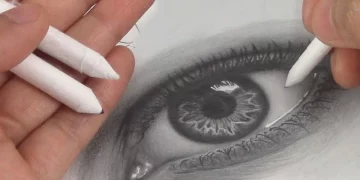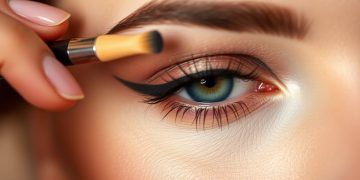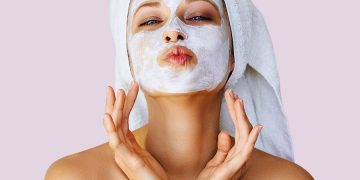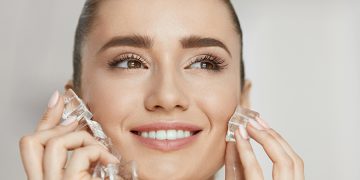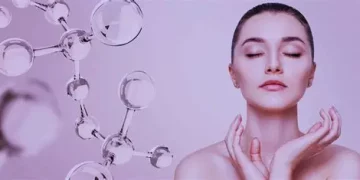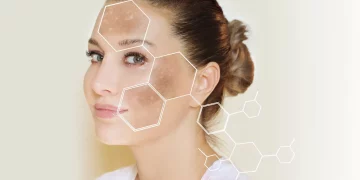Dark circles under the eyes are a common beauty concern. Whether caused by genetics, lack of sleep, or lifestyle factors, these shadows can make us look tired, aged, or even sick. While some turn to skincare treatments, others rely on the magic of makeup. The key weapon in this battle is concealer—an essential in most people’s beauty routines. But the big question is: Is your concealer actually doing its job in hiding those dark circles?
In this article, we’ll dive deep into the science behind dark circles, how concealers work, and whether you’re using the right type and technique. Along the way, we’ll also explore common mistakes people make with concealer application and how to fix them.
Understanding Dark Circles: More Than Just Fatigue
Before reaching for your concealer, it’s important to understand what you’re dealing with. Dark circles are caused by various factors, and identifying the root cause is essential for selecting the right solution.
1. Genetics: The Main Culprit
For many people, dark circles are hereditary. Thin skin under the eyes, increased melanin production, or even the natural deepening of the tear trough can lead to the appearance of dark circles. If your family members have similar issues, chances are you may be genetically predisposed to dark circles.
2. Lack of Sleep and Fatigue
While genetics play a significant role, lifestyle factors such as poor sleep habits, stress, and fatigue can exacerbate dark circles. Lack of sleep causes blood vessels under the eyes to dilate, resulting in a bluish tint that can be more visible through the thin skin.
3. Aging
As we age, the skin under our eyes becomes thinner and loses collagen, making veins and blood vessels more visible. This can lead to a more pronounced appearance of dark circles. Moreover, with aging, fat pads that support the under-eye area may shift downward, causing a hollow appearance that creates shadows and accentuates dark circles.
:max_bytes(150000):strip_icc()/how-to-color-correct-undereye-circles-2000-c60020800bff4235aa91b64f889922df.jpg)
4. Allergies and Sinus Congestion
Allergic reactions or sinus problems can cause dark circles due to inflammation and poor circulation in the area. When the body releases histamine to fight off allergens, the blood vessels around the eyes can become more prominent.
5. Dehydration and Diet
Dehydration is another often-overlooked factor. When you’re not drinking enough water, the skin can appear dull and tired, amplifying the appearance of dark circles. Similarly, poor diet lacking in vitamins like vitamin K, C, and iron can contribute to under-eye discoloration.
How Does Concealer Work?

Concealer is a powerful tool in the beauty arsenal, designed to neutralize and cover imperfections. Its job is to create a smooth, even complexion by masking blemishes, redness, and dark spots—like under-eye circles. But how does it actually work?
Concealers are typically thicker than foundations and come in a range of shades and formulations. They work by using pigments to either neutralize or cover the underlying discoloration. Some concealers are designed specifically for dark circles, containing ingredients that not only mask the problem but also brighten and treat the skin over time.
Types of Concealers for Dark Circles
Not all concealers are created equal. To make sure your dark circles are hidden effectively, it’s crucial to choose the right formula.
1. Liquid Concealers
Liquid concealers are popular for their lightweight, buildable coverage. They work well for most skin types, especially if your dark circles aren’t severe. These are often formulated with hydrating ingredients, making them a good choice for the delicate under-eye skin.
2. Cream Concealers
Cream concealers tend to be thicker and provide heavier coverage. If you have stubborn dark circles, these may be more effective. They are particularly good for dry skin since they provide moisture, but they can settle into fine lines, so blending is key.
3. Stick Concealers
Stick concealers are compact and easy to apply. They offer medium to full coverage, making them a good option for covering dark circles. However, they can feel heavier on the skin and might not work well for those with dry or textured under-eye areas.
4. Color Correcting Concealers
This is where the science of color theory comes into play. Color correctors use specific shades to neutralize dark undertones. For example:
- Peach or orange tones are great for counteracting blue or purple undertones, which are common with dark circles.
- Yellow and golden concealers are perfect for neutralizing purple tones.
- Peach shades can counteract greenish hues if your dark circles are more brownish.
Corrector shades are often applied before concealer to neutralize the darkness, and then you apply a concealer on top to further brighten and even out the skin tone.
Application Tips: How to Make Concealer Work for You
Now that you have the right concealer in hand, it’s time to perfect your application technique. Improper application can leave your dark circles looking worse, or the concealer may crease and slide throughout the day. Here are some essential tips for applying concealer effectively.
1. Hydrate First
Before applying any makeup, make sure to hydrate your under-eye area. Use an eye cream with ingredients like hyaluronic acid or caffeine to reduce puffiness and provide moisture. A well-moisturized under-eye area will help the concealer blend smoothly and prevent it from settling into fine lines.
2. Use a Color Corrector
If your dark circles have purple or blue undertones, start by applying a peach or orange color corrector. Use your fingertip or a small brush to dab the corrector only on the darkest areas. Gently blend it in without rubbing, as the skin around the eyes is delicate.
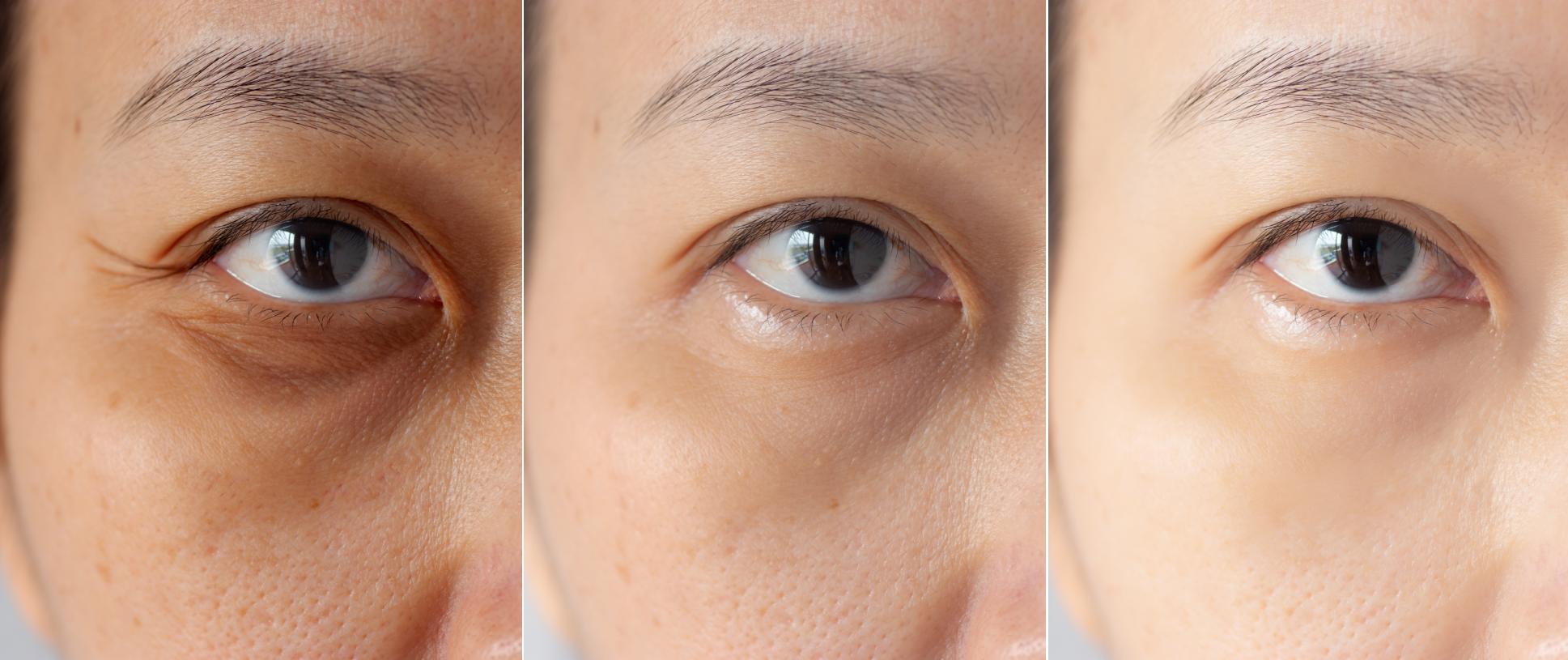
3. Apply Concealer in a Triangular Shape
Instead of just applying concealer in a small dot directly under the eye, create a triangle shape. Start from the inner corner of the eye and extend the concealer towards the top of your cheekbone and the outer corner of your eye. This not only hides dark circles but also lifts and brightens the whole face.
4. Blend, Blend, Blend
Blending is crucial for a seamless finish. Use a damp makeup sponge or your ring finger (which applies less pressure) to gently blend the concealer into the skin. Avoid rubbing the area, as this can disturb the product and cause it to wear off.
5. Set with Powder
If you have oily skin or if you’re prone to creasing, setting your concealer with a light dusting of translucent powder can help it last longer. Just be sure to use a light hand. Too much powder can emphasize fine lines and make the under-eye area look dry.
Common Mistakes to Avoid
While applying concealer is simple, many people unknowingly make a few mistakes that can hinder its effectiveness. Here are the top mistakes and how to avoid them.
1. Using the Wrong Shade
The most common mistake people make is choosing a concealer that’s too light or too dark for their skin tone. If your concealer is too light, it can create a stark contrast, making your dark circles even more noticeable. If it’s too dark, it won’t cover the dark undertones effectively. Always choose a concealer that’s just one or two shades lighter than your skin tone for the best effect.
2. Skipping Color Corrector
While you might think a thick concealer is enough to hide dark circles, it’s often not. If you have strong discoloration, applying a color corrector first will neutralize the undertones and make the concealer more effective. Skipping this step can make your dark circles still visible under the concealer.
3. Applying Too Much Product
Less is more when it comes to concealer. Overloading the under-eye area with product can lead to a cakey finish and can emphasize fine lines or wrinkles. A small amount is enough to cover the area—start with a little and build it up as necessary.
4. Ignoring the Rest of Your Skin Care
Concealer alone can’t fix everything. Make sure your skincare routine includes products that address puffiness, fine lines, and dryness. A good eye cream, combined with concealer, can go a long way in improving the appearance of your under-eye area.
Final Thoughts: Choosing the Right Concealer
When it comes to covering dark circles, the right concealer can make a world of difference. But the truth is, it’s not just about the product—it’s about understanding the root cause of your dark circles and applying the right techniques for your unique skin type. By choosing the right shade, texture, and applying it with the correct technique, you can successfully brighten your under-eye area and look more refreshed and awake.
In conclusion, your concealer might be the first step in hiding those dark circles, but it’s important to understand that it’s just one piece of the puzzle. Combining the right concealer with proper skincare and application techniques is key to achieving a flawless look.








